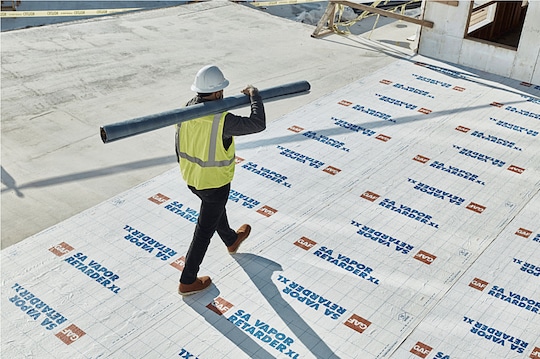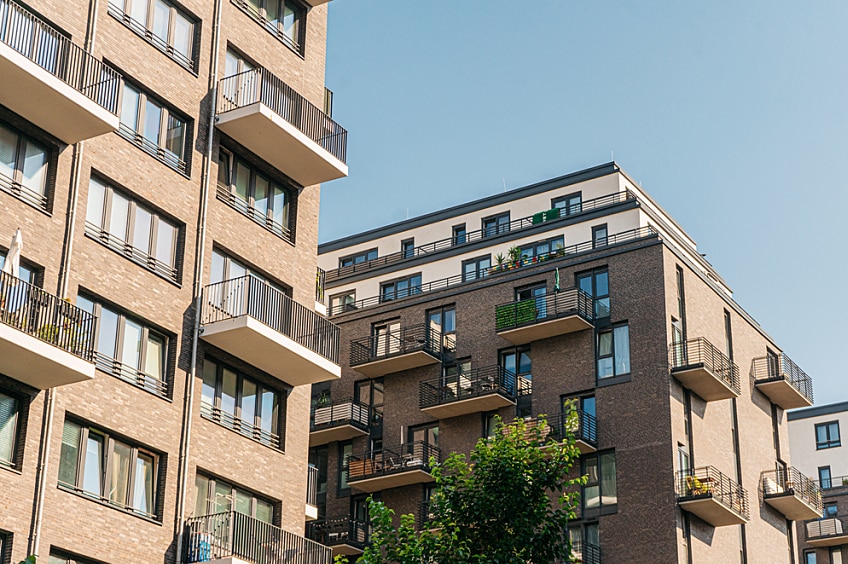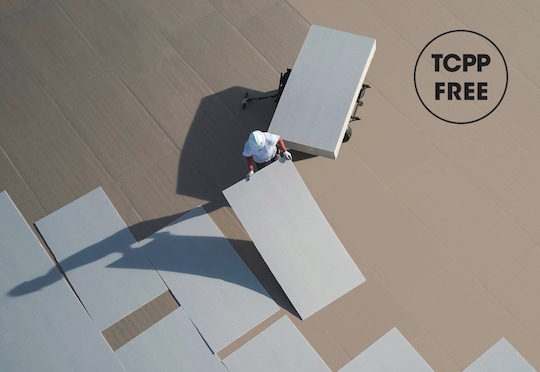
Part of being a landlord is ensuring your tenant's home has adequate living conditions. Depending on its severity, a leaking roof could be a true emergency.
Navigating this situation can be tricky for landlords. You want to fix the problem as soon as possible—but without disrupting your tenant's living situation. Here is a helpful process to follow to ensure everything runs smoothly when dealing with a roof leak, whether in a residential home or a commercial building.
The First Contact
Chances are your tenant will reach out to let you know about the roof leak. First, you'll need to investigate where the leak is coming from, as the issue may not be coming from the roof. Once you determine the source of the leak, you can figure out how severe the issue is. If you see water stains on the interior walls, stains on the ceiling if you are on a top floor, or curled shingles on the outside, the problem is worth fixing, but it doesn't necessarily constitute an emergency. If water is spilling to the floor or there is a large number of missing or damaged shingles on the roof, you may have an emergency on your hands.
It's best to go to the property and analyze the problem yourself. One common tenant complaint is that many landlords take too long to make repairs, so explain your next steps to reassure the tenant that you're addressing the issue.
How to Handle Roofing Fixes
After determining the current state of the roof leak, find out the best way to get it fixed. Contact your insurance company to file a claim, notify the roof manufacturer if there is a warranty, and start your search for a licensed contractor. Although some insurance companies have their own preferred contractors, you can also make your own choice. After a contractor reviews the roof damage, ask them for an estimate of the amount of work and time required to repair the leaking roof.
Depending on the work needed, there is a chance your tenant may not be able to stay in the home while repairs take place. This is where a good landlord's insurance policy kicks in and why you want to ensure you have one. The liability costs are much higher with commercial tenants, so be careful to choose the right commercial roofer to fix the leaking roof quickly and correctly.
Look over your landlord's insurance policy to determine what options you can offer tenants and what your responsibilities are. You may need to provide them with temporary housing, which can include a hotel room or other accommodation, while you get the roof repaired. If their business needs to close down, you might be liable for temporary pay depending on your contract.
How to Talk to Your Tenant
Once you've settled on your contractor and what options are available, communicate clearly with your tenant about the situation. Repairing or completely replacing the roof isn't a short or noiseless project, so it's crucial that tenants have an exact idea of how long it will take and whether they can stay on the premises as it takes place.
Be honest about the state of the roof and the possible timeline for repairs. Residential tenants may need to make arrangements for other accommodation if they can't stay, and businesses may need to let their customers know about any disruptions. Have an idea of what you can offer tenants if there are disruptions to their living accommodations or business closures due to the roof leak and repair time. The better prepared you are when discussing with them, the more reassured and accommodated they'll feel about the situation.
You want to ensure the roof leak is fixed for good to prevent future issues, and the best way to do that is to hire a quality licensed contractor that knows what they're doing. Click here to find a contractor certified by GAF* in your area.
*Contractors enrolled in GAF certification programs are not employees or agents of GAF, and GAF does not control or otherwise supervise these independent businesses. Contractors may receive benefits, such as loyalty rewards points and discounts on marketing tools from GAF for participating in the program and offering GAF enhanced warranties, which require the use of a minimum amount of GAF products. Your dealings with a Contractor, and any services they provide to you, are subject to the Contractor Terms of Use.



